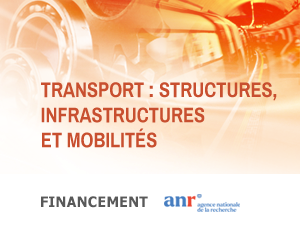In the context of maritime surveillance or anti-submarine warfare, knowledge of the acoustic field radiated or diffracted by a device immersed in water is essential for its operational or tactical use, as well as for its design. Monitoring systems include active and passive sonar devices. A passive sonar system exploits the noise radiated by the vehicule (submersible vessel, surface ship, drone, etc.) it seeks to detect. These radiated noises are generated by existing onboard machinery, cavitation, hydrodynamic flows, impulsive and transient sources, etc. In contrast, an active underwater acoustic detection system emits a specific signal in the direction of a target, then listens and processes the echoes that return.
The SURCOUF project investigates the effects of the sea surface on the acoustic radiation and scattering of resonant objects immersed at relatively shallow depths. The object considered for the study, representative of a naval structure, is a cylindrical shell, stiffened or not, limited by flanges or hemispherical caps. The main aim of this project is to evaluate experimentally and numerically the influence of the free surface on the acoustic signatures of these hulls for different immersion depths, by distinguishing between the acoustic contributions induced by the proximity of the free surface and those linked to the object's own response. This study is based on two approaches: monostatic scattering analysis in an azimuthal plane, and acoustic radiation analysis (internal hull excitation). Analysis of the acoustic signature of these hulls for these two types of excitation will provide a clear understanding of the physics of the phenomena involved.
This subject also fits into the environmental context of monitoring ambient underwater noise. Precise characterization of the noise radiated by sound sources present in a maritime zone is necessary to map the underwater sound field in the area under consideration and assess the impact of anthropogenic activities on marine fauna. For sound sources close to the surface, we need to understand the impact of proximity to the free surface on the sound field they radiate.


